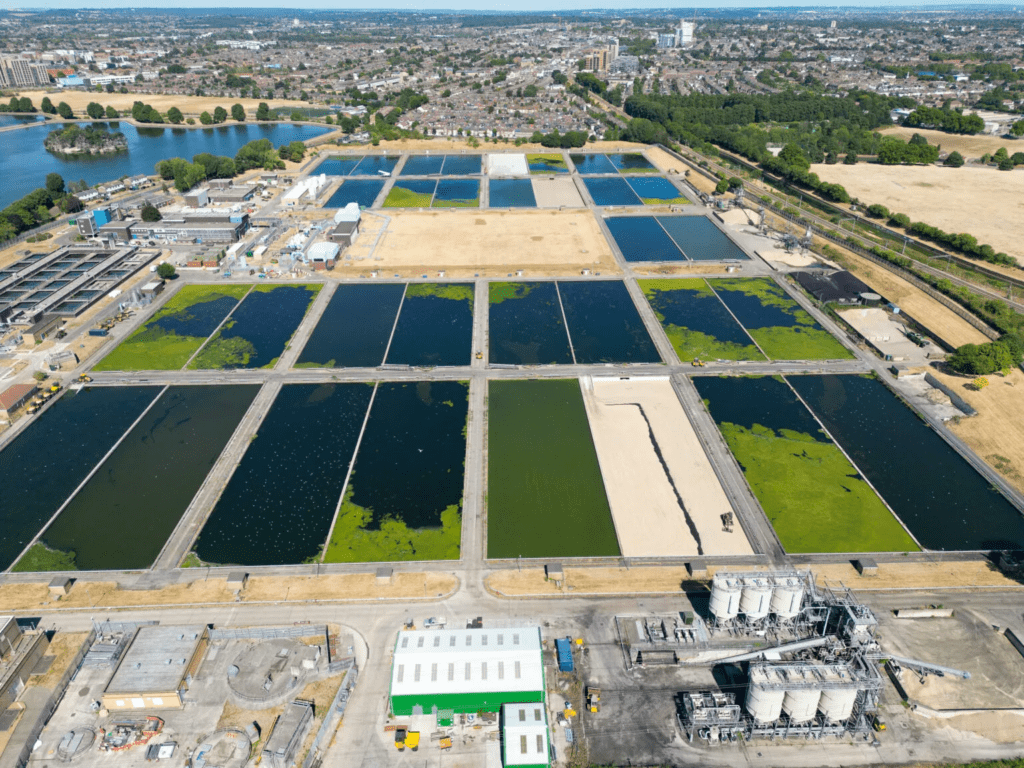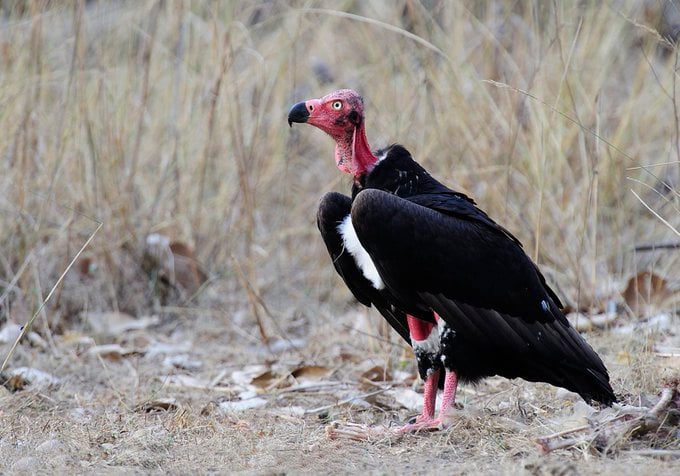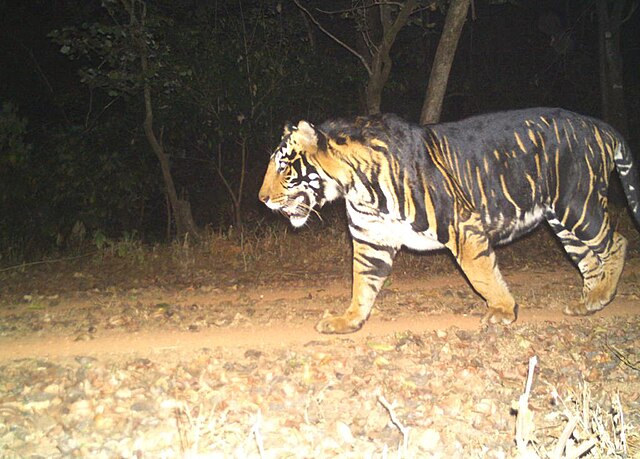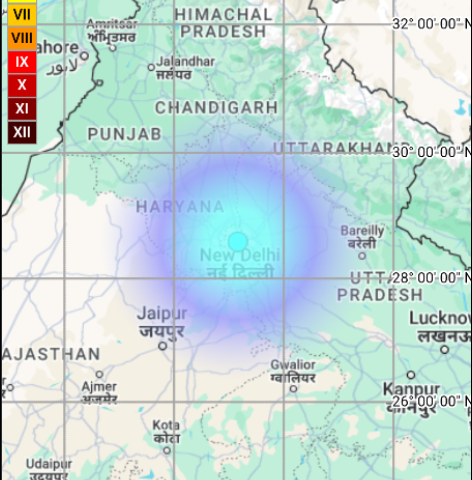In the bustling city of Bengaluru, a spacetech start-up is making waves in the realm of satellite imaging. GalaxEye Space, a name now synonymous with cutting-edge technology, has unveiled its Synthetic Aperture Radar (SAR) designed for both satellite systems and aerial drones. This isn’t just any radar; it promises high-resolution imaging regardless of weather conditions, be it rain or cloud cover.
Suyash Singh, Co-founder & CEO of GalaxEye, remarked, “We had completed the testing of the SAR sensor in December last year. And since there was a lot of interest in this area, we eventually announced it for aerial drones. This is definitely one of the milestones towards the development of our own satellites.” Such statements underline the company’s commitment to innovation and its vision for the future.
But what does this mean for industries and the common man? The applications are vast. From insurance and surveillance to precision agriculture and monitoring utilities like gas pipelines and transmission lines, the technology’s potential is immense. While most drone companies rely on still or video cameras, GalaxEye’s SAR offers a more comprehensive solution. The company’s approach to testing the sensor’s efficacy on an aerial platform before transitioning to space-grade satellites is both pragmatic and cost-effective.
However, every silver lining has a cloud. While the technology is groundbreaking, its widespread application raises critical issues. The use of such advanced surveillance tools could lead to privacy concerns. How will the data be used, and who will have access? These are questions that regulatory bodies will grapple with as the technology becomes more mainstream.
Furthermore, the Bengaluru-based company’s achievements place it alongside esteemed organizations like the Indian Space Research Organisation (ISRO) and Defence Research and Development Organisation (DRDO). Sudheer Kumar, Director Capacity Building Office at ISRO, noted, “GalaxEye has been able to prove their capabilities in such a short period of time and that too with difficult technologies like SAR.” Such endorsements, while encouraging, also place a heavy responsibility on GalaxEye to maintain the highest standards of integrity and transparency.
Similar Post
Looking ahead, the company’s ambitious Drishti Mission is set to launch by mid-2024. This satellite, touted as India’s first and the world’s highest-resolution multi-sensor imaging satellite, represents a significant milestone for the nation’s spacetech industry. Collaborations with leading organizations, including US-based space software provider Antaris and Dassault Systèmes, further solidify GalaxEye’s position in the global arena.
Yet, as with all technological advancements, the road ahead is fraught with challenges. The integration of SAR technology with drones and satellites is a monumental task, requiring precision, funding, and expertise. Last year, GalaxEye secured a seed round of $3.5 million, indicating investor confidence. However, the journey from prototype to widespread application is long and uncertain.
In conclusion, GalaxEye’s SAR technology heralds a new era in satellite imaging. Its potential to revolutionize industries is undeniable. However, as we stand on the cusp of this new dawn, it’s essential to tread with caution, ensuring that the technology serves humanity without compromising on ethical standards. As the world watches with bated breath, one can only wonder: is this the future of satellite imaging? Only time will tell.

















